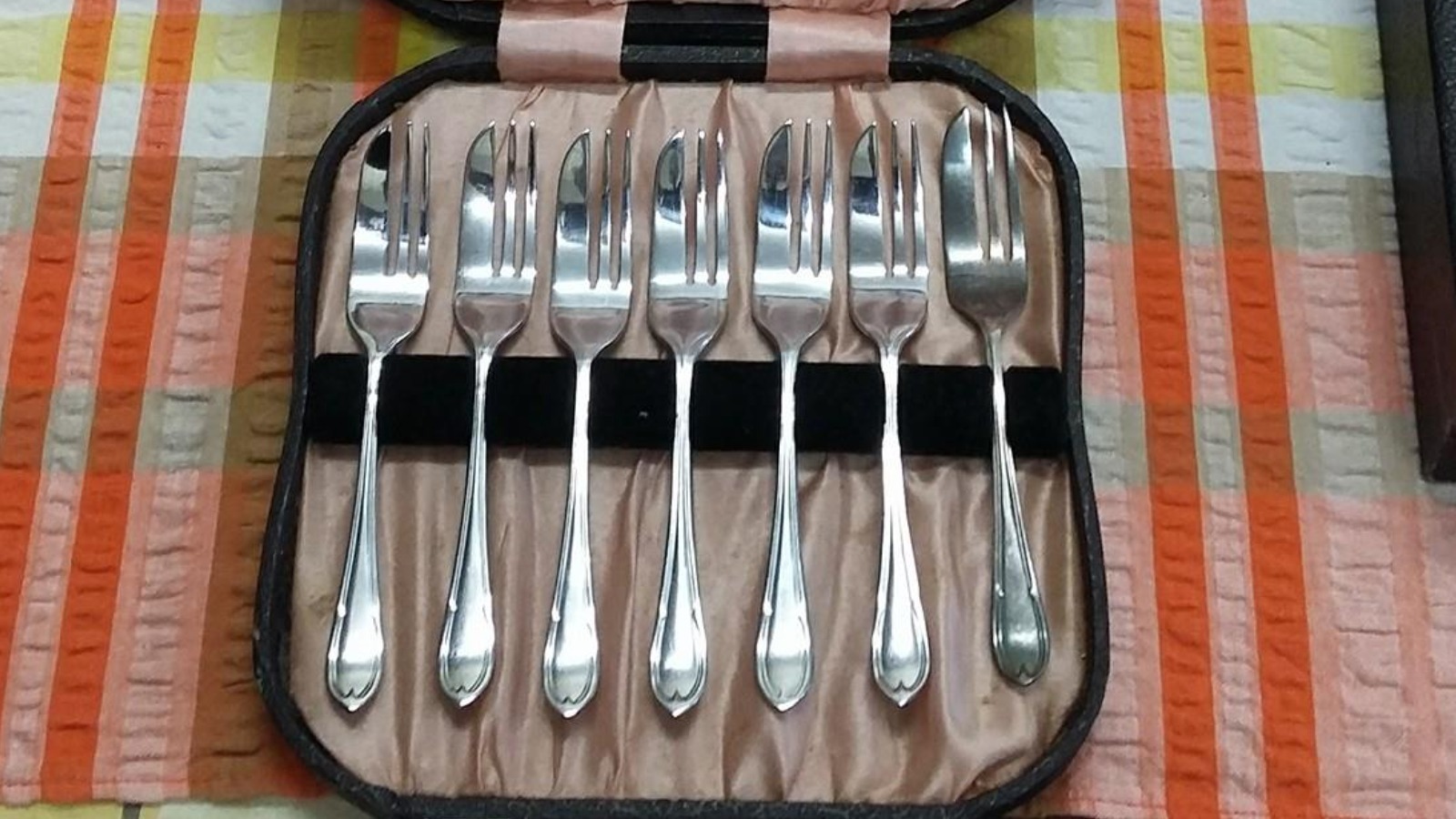

Tableware
Why Is There A Notch In A Salad Fork?
Modified: August 20, 2024
Discover the purpose of the notch in a salad fork and its importance in tableware. Explore the functionality and design elements of this essential piece of cutlery.
(Many of the links in this article redirect to a specific reviewed product. Your purchase of these products through affiliate links helps to generate commission for Storables.com, at no extra cost. Learn more)
Introduction
Have you ever wondered why there is a notch in a salad fork? It is a small, seemingly insignificant feature that you may have taken for granted. However, this seemingly simple notch serves a purpose and has a rich history behind it. In this article, we will delve into the world of tableware and explore the intriguing reasons why salad forks have notches.
Tableware, or silverware, is an integral part of dining culture and etiquette. It encompasses various utensils, including forks, spoons, and knives, each designed for specific purposes. Salad forks, in particular, are often smaller in size compared to dinner forks and have a unique characteristic – a notch on one of the tines.
The notch in a salad fork is typically located on the leftmost or second leftmost tine. It is a small indentation that sets it apart from other forks. While it may appear to be purely decorative, this tiny feature actually has a functional purpose and an interesting historical significance.
So, why do salad forks have notches? Let’s delve deeper into the root of this design element and uncover the hidden secrets behind this seemingly ordinary feature.
Key Takeaways:
- The notch in a salad fork serves a functional purpose, providing better control and grip while enjoying delicate ingredients and enhancing the dining experience.
- While the traditional notch design is classic, alternative salad fork designs offer versatility and customization, adding a touch of personalization and creativity to the dining experience.
What is a Salad Fork?
A salad fork is a type of utensil used primarily for eating salads, but it can also be used for other courses in a meal. It is typically smaller in size compared to a dinner fork and features a slightly curved handle for easy handling.
The purpose of a salad fork is to facilitate the consumption of lighter foods, such as leafy greens, fruits, and vegetables. Its smaller size allows for more precise and controlled movements while spearing or picking up delicate ingredients without damaging them.
In addition to its size and shape, one distinguishing feature of a salad fork is the notch located on one of the tines. This notch sets it apart from other forks and serves as a unique identifier for this particular utensil.
When it comes to table settings, salad forks are typically placed to the left of dinner forks in a formal dining arrangement. This positioning follows traditional dining etiquette and ensures that each dish has its designated utensil for a seamless dining experience.
Now that we have a basic understanding of what a salad fork is, let’s examine the purpose and significance of the notch that distinguishes it from other forks.
Exploring the Notch
The notch in a salad fork is a small, V-shaped cutout located on one of the tines. While it may seem like a minor detail, it has sparked curiosity and raised questions about its origin and significance.
One possible explanation for the notch is that it serves as a practical design feature for serving salads. The notch allows for better control when tossing and serving salad greens. By using the notch, one can easily grip and maneuver the salad fork while mixing the ingredients without the tines slipping or sliding.
Another theory suggests that the notch is a relic of a bygone era when salad forks were used primarily for spearing and picking up larger food items, such as slices of fruit or chunky pieces of vegetables. The notch would provide a more secure grip and prevent the food from sliding off the fork.
Additionally, the notch may have an aesthetic purpose. It adds a unique design element to the salad fork, making it visually distinct from other utensils on the table. It can also serve as a decorative feature that enhances the overall appearance of the table setting.
The placement of the notch can vary depending on the manufacturer and design preferences. Some salad forks have the notch on the leftmost tine, while others may have it on the second leftmost tine. Regardless of the exact placement, the purpose remains the same – to provide functionality and distinguish the salad fork from other utensils.
As we delve into the history and significance of the notch, we will gain a deeper understanding of why this seemingly minor detail has persisted throughout the centuries.
Historical Significance
The historical significance of the notch in a salad fork can be traced back to the evolution of tableware and dining customs. The use of separate utensils for different courses became more prevalent during the Renaissance period in Europe.
In the past, fork design varied greatly, and their purpose extended beyond simply aiding in the consumption of food. During the medieval era, forks were primarily used as serving utensils, allowing individuals to transfer food from a communal dish to their own plates.
It wasn’t until the 16th and 17th centuries that forks began to be used for individual dining. As dining etiquette evolved, so did the design of forks. This period saw the introduction of forks with multiple tines, including the adaptation of the fork to accommodate the eating of salads.
The notch in a salad fork is believed to have originated during this era as a way to differentiate it from other forks. It was a visual cue that indicated the purpose of the fork and helped diners select the appropriate utensil for the course.
Furthermore, the notch also served as a status symbol. In the past, owning a set of tableware was a sign of wealth and social standing. By having specialized forks, such as a salad fork with a distinct notch, it showcased the host’s attention to detail and refinement.
Over time, as forks became more standardized and the use of specific utensils for different courses became common practice, the notch in a salad fork became a traditional characteristic. It has endured through generations as a subtle reminder of the history and evolution of dining customs.
By understanding the historical significance of the notch, we can appreciate how this simple design feature has become ingrained in our tableware and dining culture.
The notch in a salad fork is designed to help cut through tougher salad ingredients, such as lettuce or vegetables, making it easier to eat.
Functional Purpose
The notch in a salad fork may seem like a minor detail, but it serves a functional purpose that enhances the dining experience. Let’s explore the various ways in which this small cutout adds practical value to the salad fork.
One of the main purposes of the notch is to provide better control and grip while eating salads. The shape and design of a salad fork, including the curved handle and the notch, allow for more precise movements when spearing delicate ingredients like lettuce leaves or cherry tomatoes.
When using a salad fork, the notch can help secure the food item in place, preventing it from slipping or sliding off the fork. This is especially useful when picking up smaller or more slippery ingredients that may be difficult to handle with a regular fork.
Furthermore, the notch also allows for easier serving and mixing of salads. When using a salad fork to toss the ingredients, the notch provides a comfortable grip and prevents the fork from rotating in the hand. This facilitates the even distribution of dressing and ensures that every bite is perfectly dressed.
In addition to its functional benefits while eating, the notch also plays a role in table etiquette. The distinctive feature of the salad fork helps diners quickly identify the appropriate utensil for salads, avoiding any confusion during a formal dining setting.
Beyond salads, the notch in a salad fork can also come in handy for other dishes. It can be used to spear and enjoy larger pieces of fruit, such as melon slices or berries. With its secure grip, the fork can handle various tasks during a meal, making it a versatile utensil.
Overall, the functional purpose of the notch in a salad fork is to provide better control, grip, and ease of use when enjoying salads and other delicate food items. It is a thoughtful design element that enhances the dining experience and ensures that each bite is savored with precision.
Etiquette and Practicality
When it comes to tableware, etiquette plays a significant role in creating a refined dining experience. The notch in a salad fork not only serves a practical purpose but also aligns with proper etiquette and enhances the overall practicality of using this specialized utensil.
In formal dining settings, the placement of utensils follows a specific order and arrangement. The salad fork is positioned to the left of the dinner fork, closer to the plate. This positioning allows for a seamless transition between courses and ensures that each dish has its dedicated utensil.
The notch in the salad fork serves as a visual cue to differentiate it from other forks on the table. This makes it easier for diners to identify and use the appropriate utensil for salad courses. It adds a touch of sophistication to the table setting, showcasing the attention to detail paid to meal presentation.
From a practical standpoint, the notch in a salad fork offers several advantages. Its smaller size and unique design make it easier to maneuver when consuming lighter and more delicate food items. The notch provides a secure grip, preventing the food from slipping off the fork.
Additionally, the notch aids in efficient salad tossing and dressing distribution. When using a salad fork with a notch, it becomes easier to mix the ingredients and ensure that each bite is evenly coated with dressing. The comfortable grip provided by the notch allows for effortless tossing and serving of salads.
Furthermore, the notch in a salad fork can also be practical when enjoying other dishes. Its unique design allows for greater versatility, as it can be used for spearing and enjoying larger food items, such as chunks of cheese or bite-sized appetizers.
Etiquette and practicality go hand in hand when it comes to the notch in a salad fork. It not only enhances the visual appeal and formality of dining etiquette but also serves a functional purpose, making salad consumption and other culinary experiences more enjoyable and refined.
Alternative Designs
While the notch in a salad fork has become a traditional and recognizable feature, there are alternative designs that offer unique variations and functionalities. Let’s explore some alternative designs to the traditional salad fork with a notch:
- Smooth Tine: Some salad forks feature smooth tines without a notch. This design offers a sleek and minimalist look, making the fork appear more streamlined and modern. Despite the absence of a notch, it still serves the purpose of eating salads and other lighter food items.
- Wide Tine: Another alternative design is a salad fork with wider tines. This design provides a larger surface area for picking up ingredients, making it easier to handle and more efficient at spearing larger pieces of lettuce or vegetables. The wider tines offer enhanced stability and control when enjoying salads.
- Curved Tine: Instead of a notch, some salad forks have a curved tine. This curvature mimics the shape of a spoon or ladle, allowing for better scooping and serving of salads. The curved tine design offers a unique twist on the traditional salad fork without compromising functionality.
- Multi-purpose Fork: In some cases, manufacturers offer multi-purpose forks that can be used for both salads and other courses. These forks may have a combination of a salad fork and a dinner fork, providing versatility for different dining scenarios. They often have a wider size and longer prongs to accommodate various types of food.
- Decorative Accents: Another approach to alternative designs is adding decorative accents to the traditional salad fork. This can include ornate handles, engraved patterns, or embellishments on the tines. These decorative features enhance the aesthetic appeal of the salad fork, making it a centerpiece of the table setting.
These alternative designs offer variety and customization options to suit individual preferences and dining occasions. Whether it’s a smooth tine, a wide tine, a curved tine, a multi-purpose fork, or one with decorative accents, each alternative design brings its own unique flair to the table.
While the traditional fork with a notch remains the classic choice, exploring alternative designs can add a touch of personalization and creativity to the dining experience.
Conclusion
The notch in a salad fork is far more than just a decorative feature. It serves a functional purpose while also carrying historical significance and aligning with table etiquette. This small cutout plays a crucial role in enhancing the dining experience and elevating the presentation of salads.
As we have explored in this article, the notch provides better control and grip, allowing for more precise movements when enjoying delicate ingredients. It facilitates efficient salad tossing and dressing distribution, ensuring that every bite is perfectly seasoned.
Furthermore, the notch serves as a visual cue, distinguishing the salad fork from other utensils on the table. Its unique design adds a touch of sophistication to the dining setting, reflecting the host’s attention to detail and refinement.
While the traditional fork with a notch is the most common design, there are alternative options available. Smooth tines, wide tines, curved tines, and multi-purpose forks offer unique variations that cater to individual preferences and dining occasions. These alternative designs bring versatility, customization, and aesthetic appeal to the table.
In the end, the notch in a salad fork tells a story of the evolution of tableware, dining customs, and societal norms. It reminds us of the rich history behind our dining experiences and the attention to detail that has been applied to every aspect of table settings.
So, the next time you pick up a salad fork and notice the notch, take a moment to appreciate its functional purpose, historical significance, and contribution to the art of dining. It is a small detail that adds depth and character to an everyday utensil, making each meal a more enjoyable and refined experience.
Frequently Asked Questions about Why Is There A Notch In A Salad Fork?
Was this page helpful?
At Storables.com, we guarantee accurate and reliable information. Our content, validated by Expert Board Contributors, is crafted following stringent Editorial Policies. We're committed to providing you with well-researched, expert-backed insights for all your informational needs.


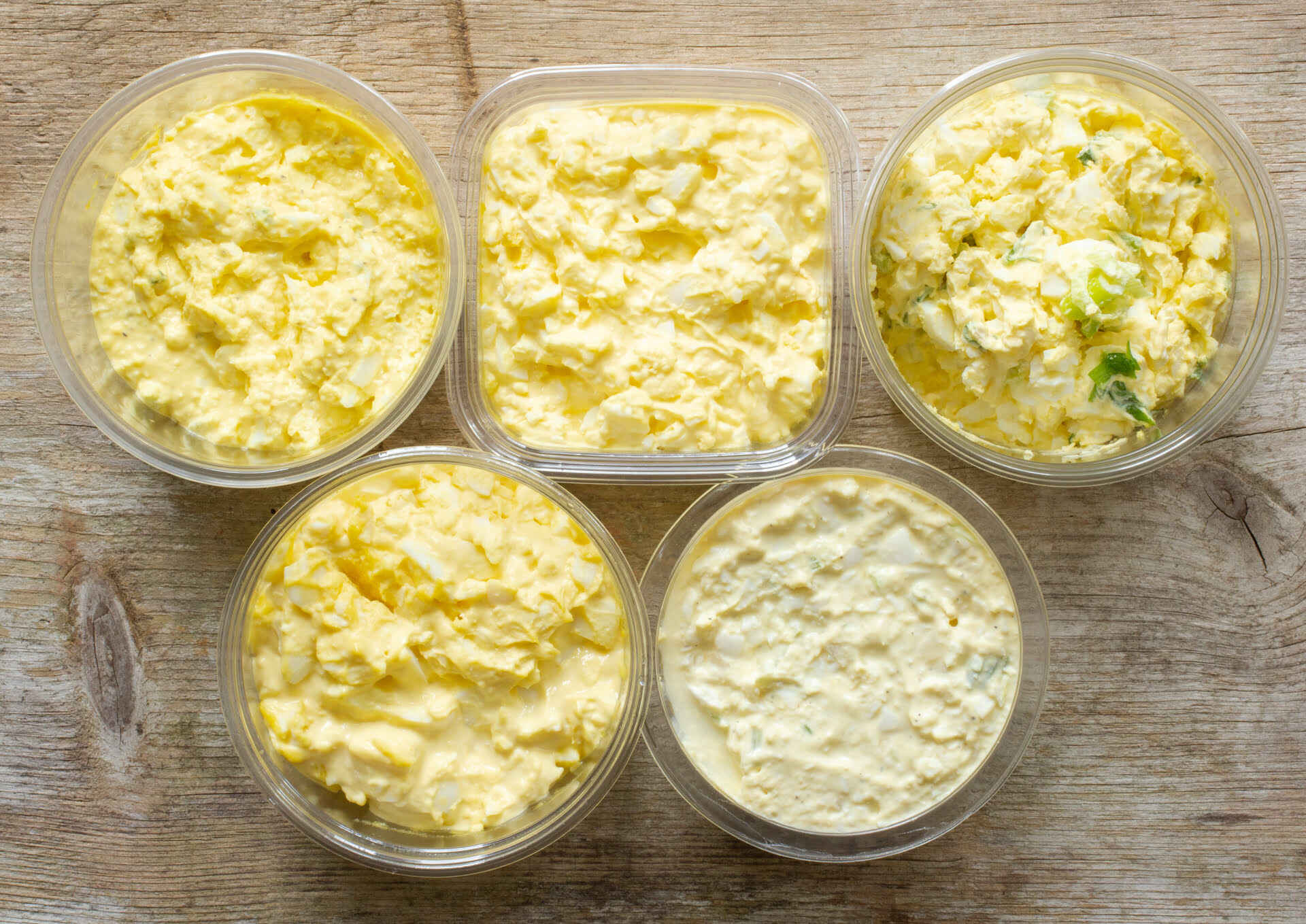

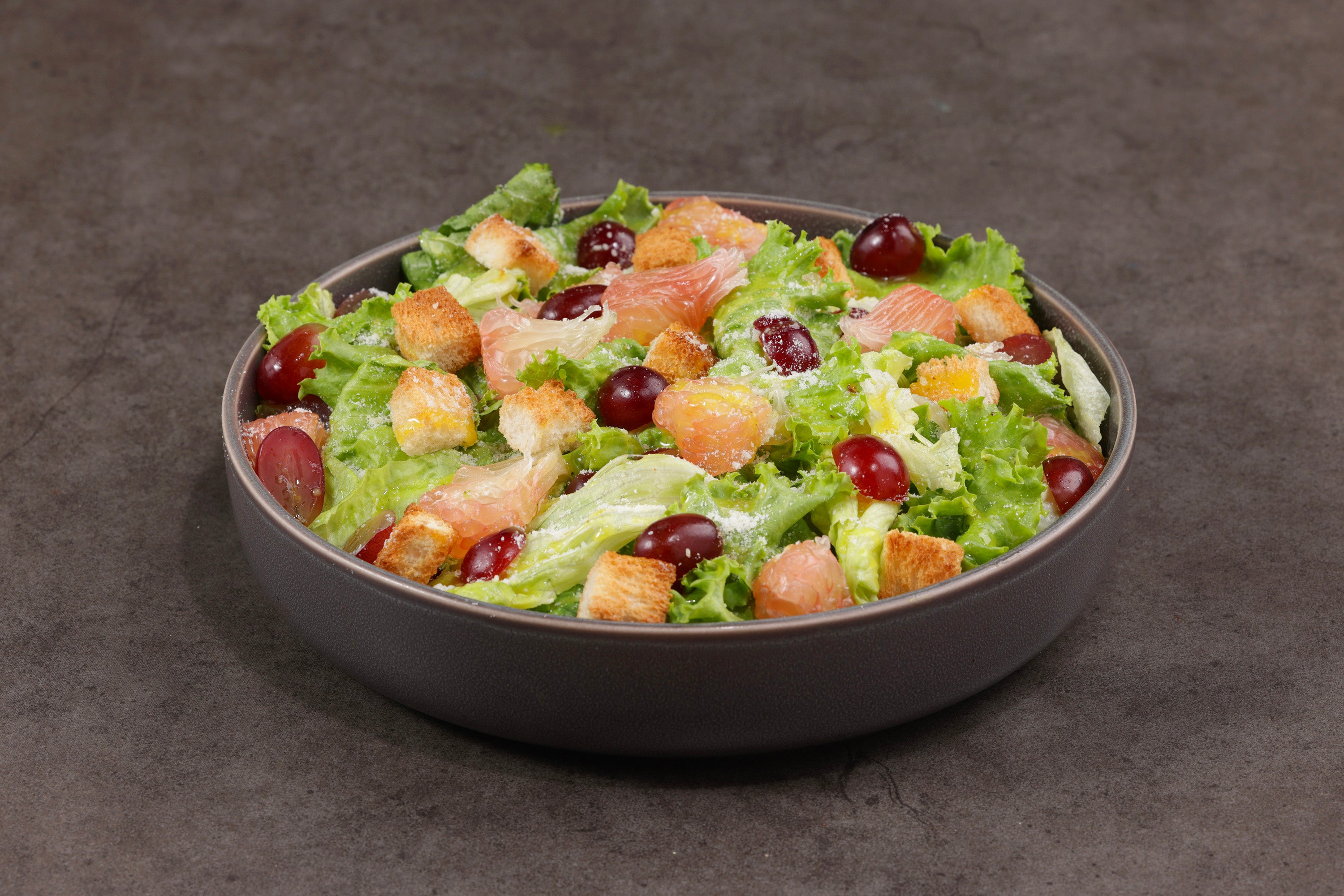




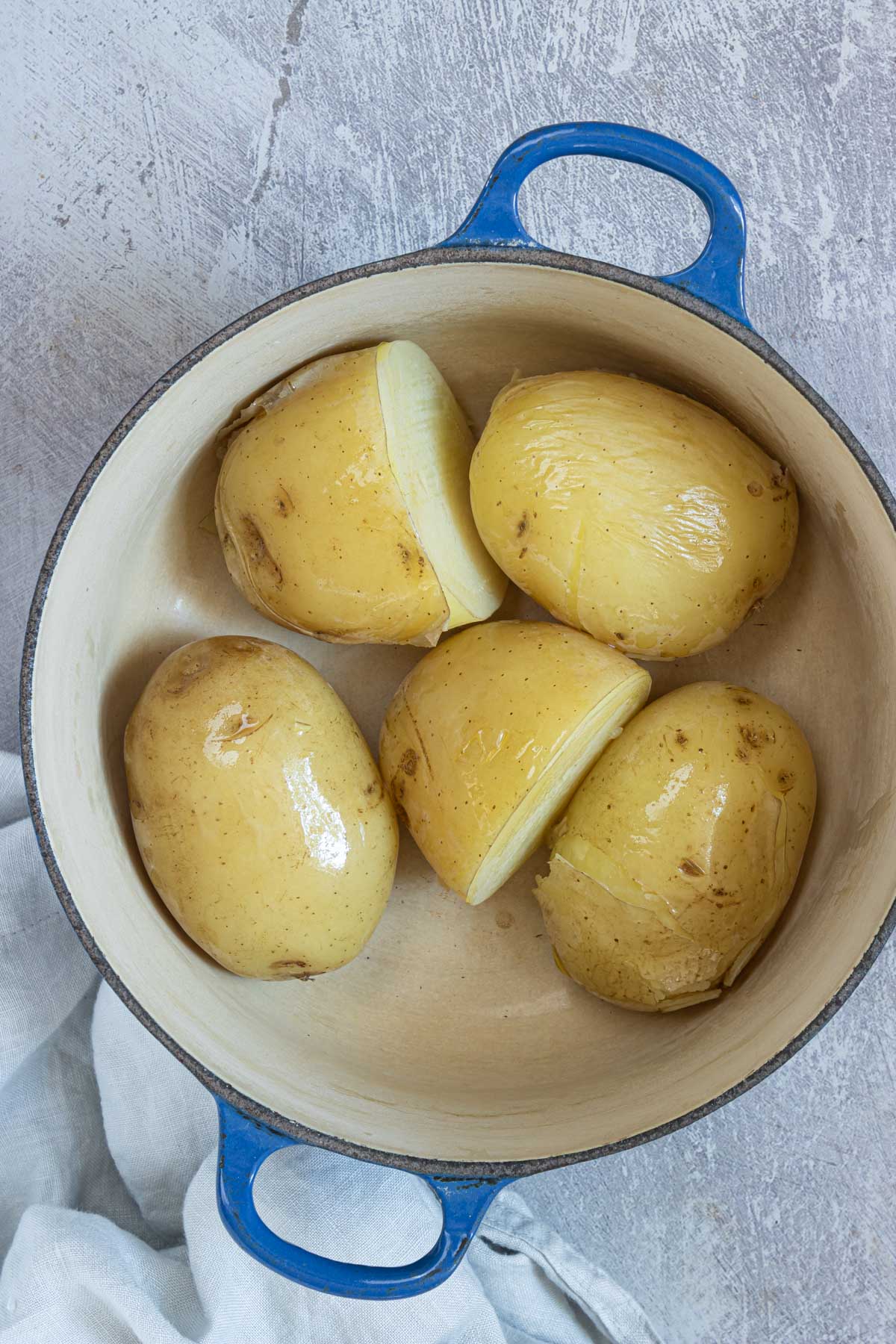


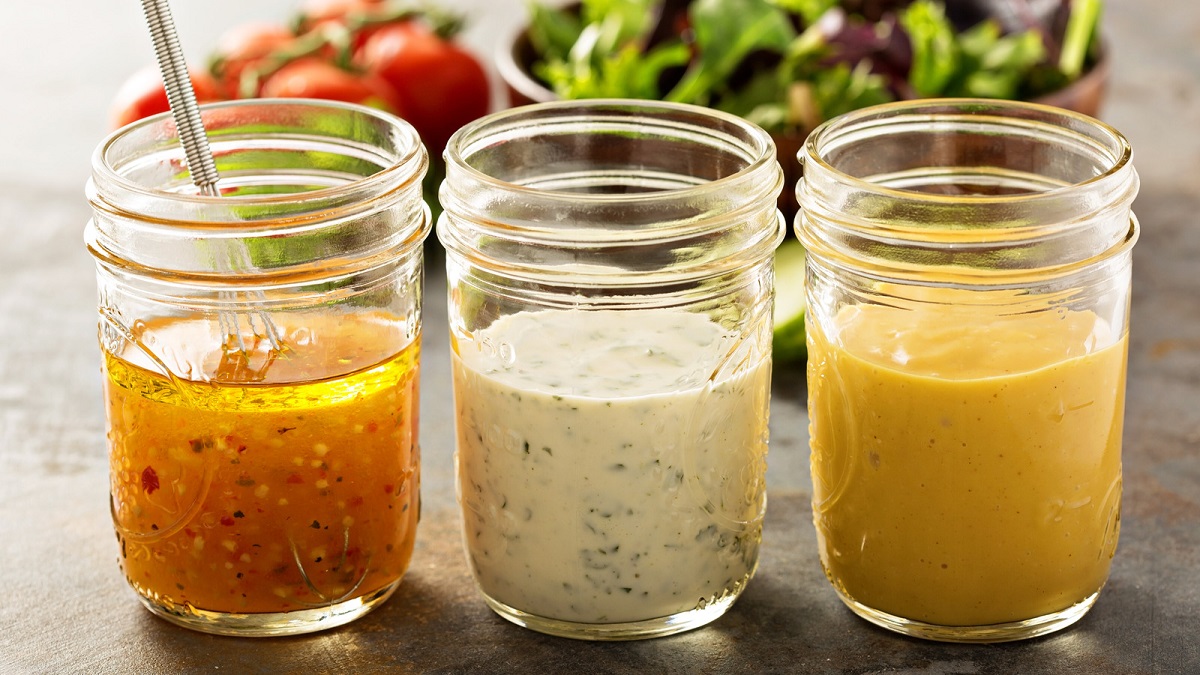
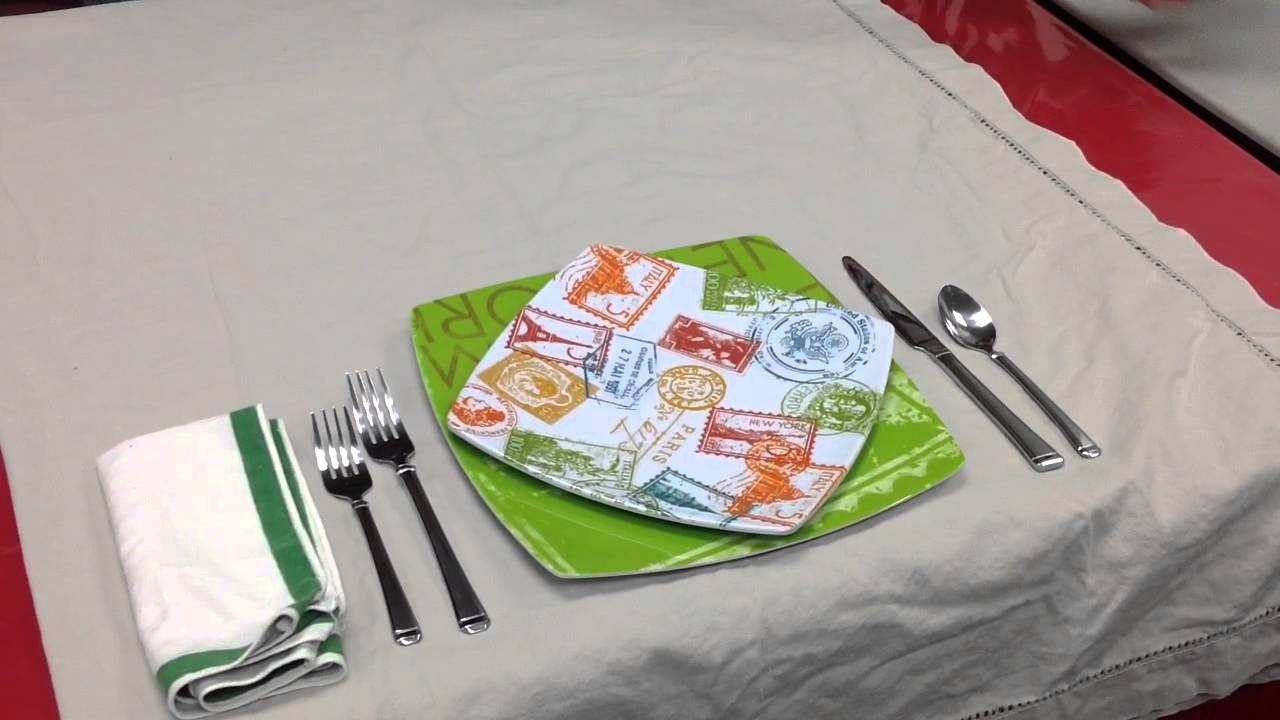

0 thoughts on “Why Is There A Notch In A Salad Fork?”